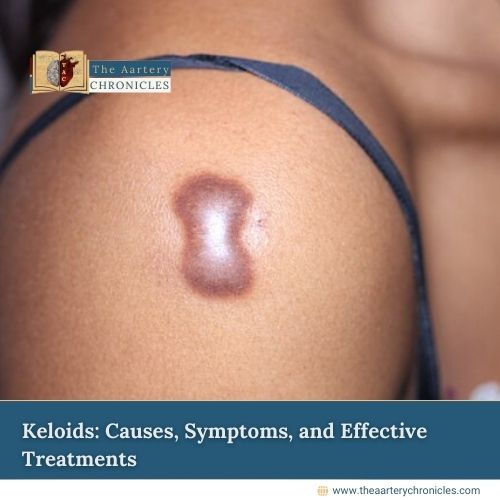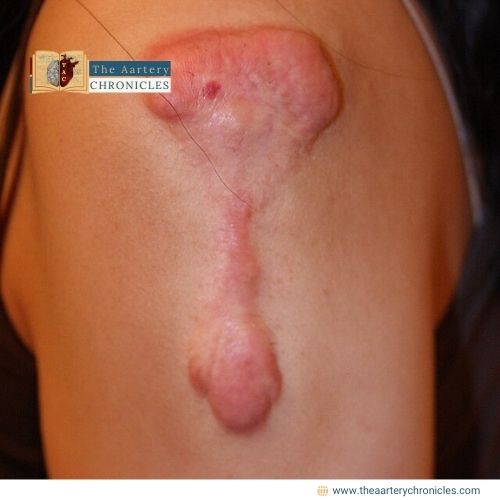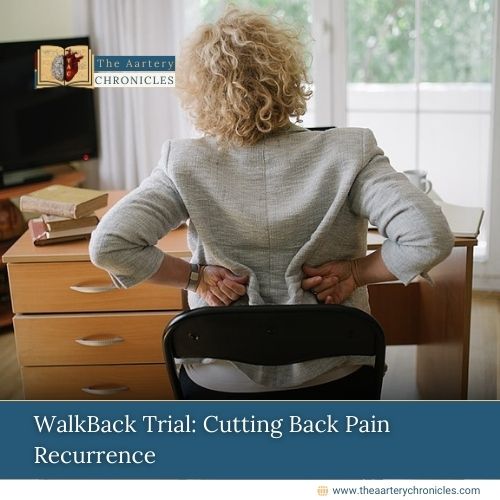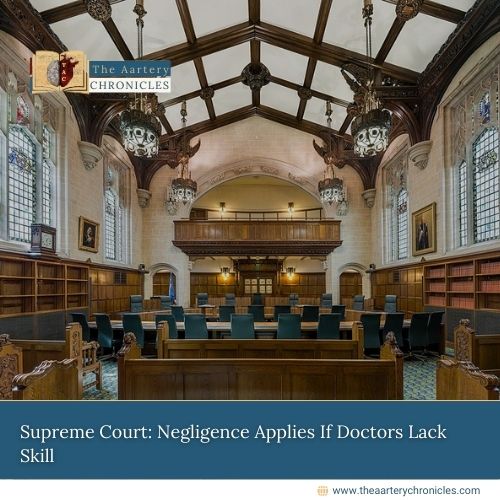

Are Pet Dogs Silent Spreaders of Antibiotic-Resistant Salmonella?
“I sustained an injury on my shoulder, and while the scar has healed, it looks unusual, ugly and unattractive. I feel self-conscious and can’t wear sleeveless shirts. My doctor mentioned it’s a keloid. What is a keloid, and why does it look this way?” – Tanushree Agarwal, Student
Keloids are a common skin condition characterised by the abnormal growth of scar tissue. They are not like regular scars, keloids grow beyond the boundaries of the original wound, forming raised, thickened areas that can be
- Itchy
- Tender
- Painful
They usually cause cosmetic concerns, particularly when they develop on visible areas like the face or chest.
This article explores the meaning of keloids, their causes, symptoms, and treatment options, along with natural remedies to manage their appearance
What is Keloid?
A keloid is a type of raised scar that forms due to an overproduction of collagen during the healing process. The scars typically fade over time, but keloids continue to grow. In this process, they become larger than the original wound. They can appear shiny, smooth, and darker than the surrounding skin.
Keloid Symptoms

Keloids may initially appear as firm, raised bumps that are red or pink. Over time, they may darken and take on a shiny appearance. Common symptoms include:
- Itching or tenderness
- A feeling of tightness in the affected area
- Discomfort or pain in some cases
Keloids are most commonly found on the
- Chest
- Shoulders
- Back
- Earlobes
- Face
Keloid Scar Causes

Keloids develop when the body produces excessive collagen while healing a wound. This can result from:
- Surgical Incisions: Post-surgical scars are a common trigger.
- Skin Injuries: The injuries can lead to keloid formation such as
- Cuts
- Burns
- Severe acne
- Piercings and Tattoos: These can cause keloids, especially in individuals prone to scarring.
- Genetics: A family history of keloids increases susceptibility to developing keloids.
- Skin Type: Individuals with darker skin tones are more likely to develop keloids.
Keloid Scar Treatment Options
Managing keloids can be challenging, as they tend to recur. Treatment options include:
- Medical Interventions
- Steroid Injections: Corticosteroids can reduce inflammation and shrink the keloid over time.
- Cryotherapy: Freezing the keloid with liquid nitrogen is effective for smaller scars.
- Laser Therapy: This helps improve the appearance of keloids, especially on the face.
- Surgical Removal: While surgery can remove a keloid, there is a high risk of recurrence.
- How to Flatten Keloid Scars Naturally
Natural remedies may help reduce the size and appearance of keloids, though results vary:- Silicone Gel Sheets: These help flatten and soften scars over time.
- Onion Extract: Found in some scar creams, it may reduce redness and size due to the presence of antioxidant flavonol.
- Aloe Vera: Known for its soothing properties, aloe vera can help with itchiness and inflammation.
- How to Stop a Keloid from Growing
Preventative measures include:- Using pressure dressings or silicone sheets during the healing process.
- Avoid unnecessary skin trauma, such as piercings or tattoos.
- Keeping wounds clean and moisturized to minimize scarring.
Keloid Scar Removal: Is It Permanent?
Complete removal of keloids is difficult due to their high recurrence rate. Treatments like steroid injections and cryotherapy can significantly reduce their size and symptoms, but long-term management may be necessary.
Keloids on the Body and Face
Keloids can develop anywhere on the body but are particularly distressing when they appear on the face or other visible areas. These scars can affect self-esteem and quality of life. Early treatment and consultation with a dermatologist are essential for effective management.
By understanding the causes and treatment options for keloids, individuals can make informed decisions to manage and minimize their impact. Consulting a dermatologist ensures the best approach tailored to each case.
Source: Inputs from various media Sources

Dane
I am an MBBS graduate and a dedicated medical writer with a strong passion for deep research and psychology. I enjoy breaking down complex medical topics into engaging, easy-to-understand content, aiming to educate and inspire readers by exploring the fascinating connection between health, science, and the human mind.








